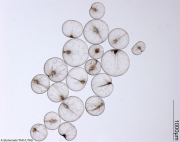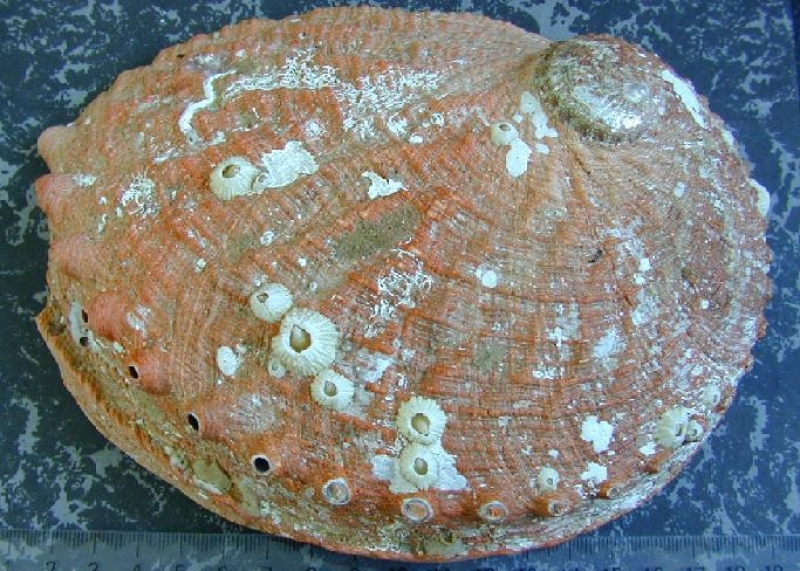Oceans | Marine Biology | Marine Invertebrates
Type of resources
Topics
Keywords
Contact for the resource
Provided by
Years
-

The Guide to the Marine Zooplankton of south eastern Australia, is an interactive tool providing a comprehensive, fully illustrated means of identification for the major zooplankton located in south eastern Australia. This new identification guide to local marine zooplankton is available online at: http://www.imas.utas.edu.au/zooplankton This is the result of collaboration between the Marine Research Laboratories and School of Zoology, University of Tasmania, and the Australian Antarctic Division. Please note that the full contents of the site will be available on (Free) CD-Rom
-
Underwater visual census surveys were conducted at 15 sites in eastern Tasmania to quantify the abundance of the sea urchin Heliocidaris erythrogramma and several putative predators.
-
Growth models were constructed for two sea urchin populations over a two-year period using a tag-recapture study in the Mercury Passage, Tasmania. Sea urchins were tagged using tetracycline and calcein and growth models constructed using measurements taken from sea urchin jaws.
-
The aim of this study is to use artificial boulders in the form of sandstone blocks to investigate the benthic cryptofaunal communities of subtidal rocky reefs; specifically to quantify temporal and spatial patterns, the influence of the sub-block reef profile, and protection from fishing on these animals at locations inside and external to the Maria Island marine reserve in eastern Tasmania.
-

Abalone growth data include estimates from growth increment data from tagging studies, and from shell ageing studies. Data has been collected from all Tasmanian state waters since 1986.
-

This projects' data on abalone translocations is stored in two databases containing data collected for abalone aggregation and larval surveys in Tasmania. Genetic information has also been generated using microsatellites.
-
Sandy beaches on Tasmania's east coast, from Catamaran to Cape Portland, were sampled between September 1994 and June 1995. At each of 120 sites the strandline fauna was sampled using pitfall traps set overnight during the low tide period. A number of physical and biotic characteristics of each beach were also measured.
-

The dataset contains length frequency information for abalone species, collected in all Tasmanian state waters from 1988.
-
The movement and behaviour of the Southern Rock Lobster (Jasus edwardsii) was monitored using a radio acoustic telemetry systems at two sites in eastern Tasmania.
-
Rock Platforms on Tasmania's east coast, Flinders Island, and the north coast as far west as Port Sorell, were surveyed between December 1995 and September 1996. At each of 51 sites two transects were sampled using quadrats. All animals and plants were counted, or in the case of sessile species, their cover was estimated.
 IMAS Metadata Catalogue
IMAS Metadata Catalogue